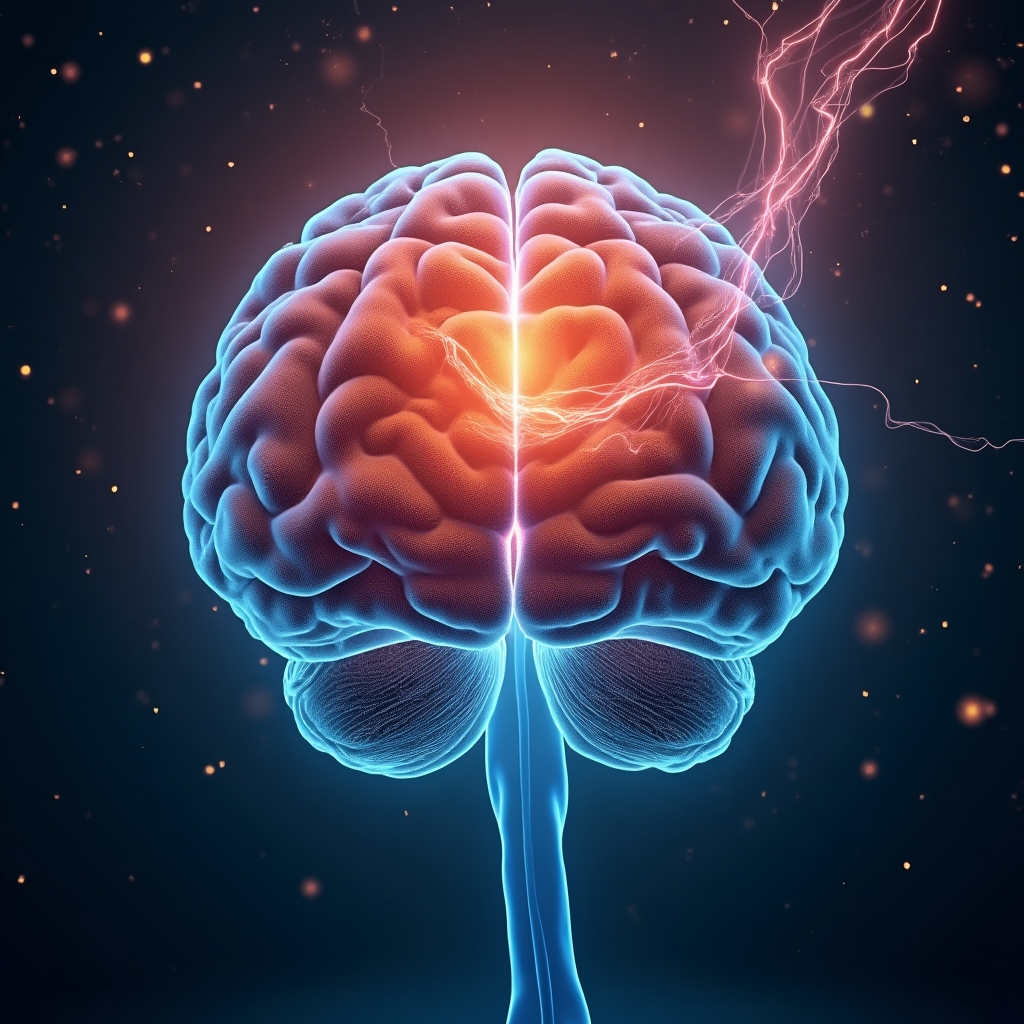The constant hum of technology around us—from the smartphone in your pocket to the electric cars on our roads—relies heavily on efficient, reliable energy storage. Today, a new chapter begins as artificial intelligence (AI) unfolds potential materials that might shift the landscape from lithium-based batteries to something far more sustainable and efficient.
iN SUMMARY
- 🔋 AI technology has uncovered five new materials that could replace lithium in batteries.
- 🌍 These materials leverage abundant elements like magnesium, promising sustainability.
- 🧪 The discovery could lead to batteries that are both more powerful and environmentally friendly.
- 🚀 With AI's help, a major advance in energy storage technology seems imminent.
Breaking Down the Lithium Barriers
It’s often said that necessity is the mother of invention. This holds true in the realm of energy storage, where scientists are continually seeking alternatives to lithium-ion batteries. While these batteries have powered our devices effectively, they come with limitations, including resource scarcity and environmental concerns. Enter AI—a powerful ally in the quest for innovative solutions.
Think of AI as a giant digital research assistant, combing through vast databases of chemical compounds faster than any human could. According to new findings shared by Science Daily, AI has identified five promising materials that use abundant elements such as magnesium. The promise? More sustainable and efficient energy storage systems.
The Power of Magnesium and Friends
The burgeoning field of AI-driven material discovery stands on the shoulders of early computational models, accelerating the pace at which new breakthroughs are made. Here’s a closer look at the potential game-changers:
- Magnesium-based materials: Touted for their ability to create batteries that are safer and have a higher energy density than their lithium counterparts.
- Aluminum-graphene: Combining the properties of aluminum with graphene enhances conductivity and storage capabilities.
- Sodium-ion compounds: Abundant and inexpensive, these could provide an economic alternative for large-scale applications.
- Iron-phosphate variants: Known for stability and safety, these materials offer promising results in high-temperature environments.
- Carbon nanotube composites: Providing significant improvements in charge and discharge efficiency, these composites are lightweight and strong.
The Science and the Stories Behind It
This scientific breakthrough embodies the collaboration between artificial intelligence and human ingenuity. Researchers from institutions around the globe, including MIT and Stanford University, are harnessing AI’s capabilities to solve real-world problems.
For cities like Toronto and San Francisco, centers of innovation and technology, these findings signal a shift towards more sustainable urban development. These discoveries not only promise technological advancement but also align with the global push towards reducing carbon footprints and conserving natural resources.
Implementing the Future
Moving from discovery to implementation involves complex challenges, from developing scalable manufacturing processes to securing supply chains for these new materials. However, there’s an optimism in the air, buoyed by a track record of human adaptability and technological progress.
Given these advances, what changes can you expect in your hometown battery stores? Here are a few possibilities:
- New product lines featuring magnesium-based batteries with longer life cycles and safer handling.
- Increased availability of environmentally friendly sodium-ion batteries for personal and commercial use.
- Greater energy efficiency in public transport systems and electric vehicles powered by improved battery technologies.
Concluding Thoughts: A Bright Horizon
The brilliance of AI in uncovering these novel materials echoes our innate curiosity and the human spirit’s resilience. It’s a testament to what’s possible when cutting-edge technology meets the boundless horizons of human creativity and collaboration.
How do you foresee these advancements reshaping the devices you use daily? Will these new technologies empower cities like Sydney or London to lead in climate action? We invite you to share your thoughts and join the conversation. Consider becoming part of the iNthacity community, a [Shining City on the Web](https://www.inthacity.com/blog/newsletter/ "Community sign-up page") and explore more stories and insights on sustainable living.
A perhaps whimsical closing thought: when it comes to energy storage, AI might just prove to be the catalyst that transformed “watts” of inefficiency into watts of genius.
Disclaimer: This article may contain affiliate links. If you click on these links and make a purchase, we may receive a commission at no additional cost to you. Our recommendations and reviews are always independent and objective, aiming to provide you with the best information and resources.
Get Exclusive Stories, Photos, Art & Offers - Subscribe Today!
























Post Comment
You must be logged in to post a comment.